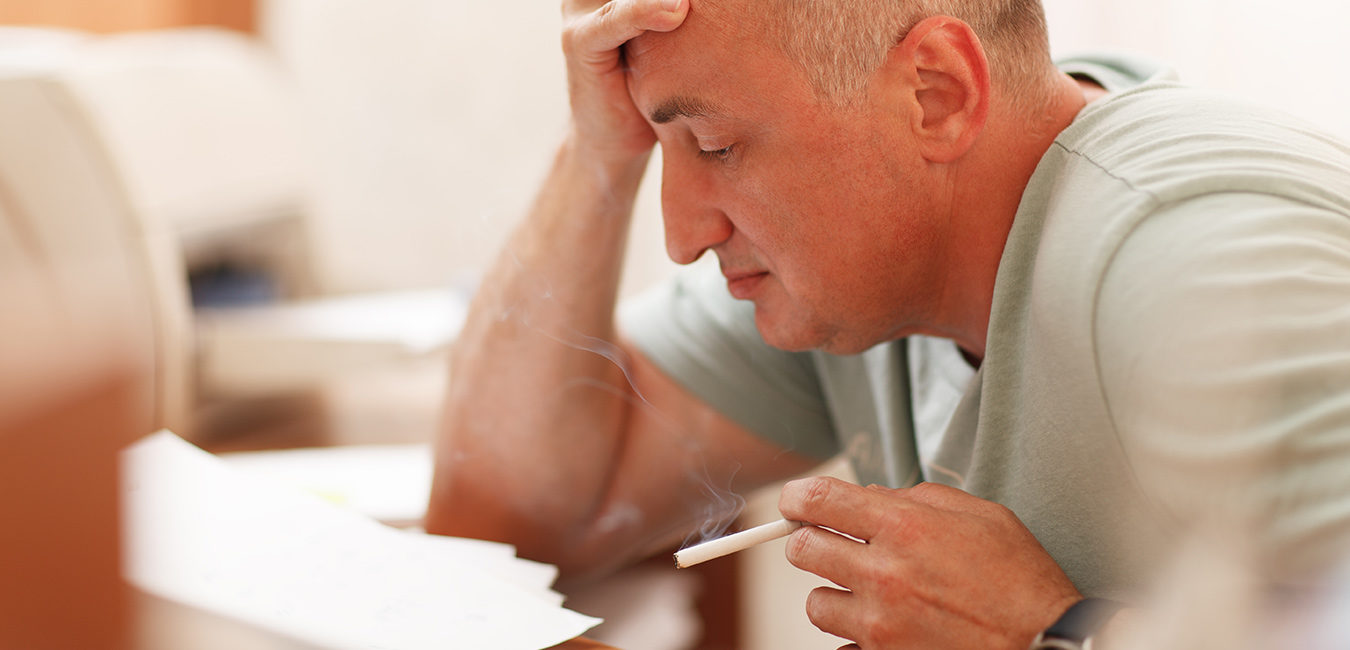Is Sitting the New Smoking?
The headlines on the health dangers of sitting are hard to ignore. Inactivity has been recognized as an independent risk factor for heart attack and stroke—as dangerous as smoking cigarettes. Now the American Heart Association (AHA) has issued a strongly worded advisory aimed at getting people up and moving, even those who are already physically active.
The danger is real: Research from the American Cancer Society shows that lying down or sitting for long hours raises the risk of heart disease, diabetes, and other chronic diseases as well as the risk for premature death, and that goes even for people who exercise regularly. In a 2012 Australian study of over 222,000 adults, those who sat 11 hours or more a day had a 40 percent increased risk of dying over the next three years compared to those who sat for fewer than four hours a day.
The problem is that when people sit or lie for hours on end, the body’s muscles go dormant, triggering unhealthy metabolic changes. For example, sitting makes the body less sensitive to insulin and slows the breakdown of dangerous blood fats.
In other data, scientists at Pennington Biomedical Research Center in Baton Rouge, LA, estimated that the average American life span would rise by two years if everyone sat less than three hours a day. And men who logged more than 23 hours of inactivity a week in a 2010 University of South Carolina study had a 64 percent greater risk of dying from heart disease than those who spent less than 11 hours per week being sedentary.
The solution lies in increasing movement throughout the day. In a study from the University of Alberta in Canada, taking more than 10 activity breaks a day was linked to a smaller waist, lower blood pressure, glucose, insulin, and triglyceride levels, and higher “good” HDL cholesterol. The frequency of breaks seems to be more important than their intensity.
To avoid the pitfalls of sitting still, the new 2016 AHA advisory suggests these strategies for incorporating more activity into the day:
At home
- Do housework yourself instead of hiring someone else to do it.
- Work in the garden, mow the grass, rake leaves, and pick up trash.
- Go out for a short walk before breakfast, after dinner or both. Start with 5-10 minutes and work up to 30 minutes.
- Walk or bike to the corner store instead of driving.
- When watching TV, sit up instead of lying on the sofa, or stretch. Better yet, spend a few minutes pedaling on your stationary bicycle.
- Stand up while talking on the telephone.
- Walk the dog.
- Park farther away at the shopping mall and walk the extra distance. Wear your walking shoes and walk an extra lap or two around the mall.
- Stretch to reach items in high places and squat or bend to look at items at floor level.
At work
- Brainstorm ideas with a coworker while taking a walk.
- Walk during business calls when you don’t need to reference important documents.
- Stand while talking on the telephone.
- Walk down the hall to speak with someone rather than using the telephone.
- Take the stairs instead of the elevator. Or get off a few floors early and take the stairs the rest of the way.
- Participate in a recreation league at your company or form a sports team to raise money for charity events.
- Get off the bus a few blocks early and walk the rest of the way to work or home.
- Walk around your building for a break during the workday or during lunch.
- Consider a treadmill or standing desk.
While traveling
- Walk while waiting for the plane at the airport.
- Stay at hotels with fitness centers or swimming pools…and use them!
- Pack a jump rope or a resistance band in your suitcase. Jump and do calisthenics in your hotel room.
By taking just a few new opportunities for activity each day, you can reduce the negative consequences of being sedentary, possibly adding years to your life.
Cleveland HeartLab offers a Urinary F2 Isoprostanes test that can help evaluate your heart attack risk. Elevated results are typically caused by lifestyle choices, such as smoking and inactivity. For more information, click here.

